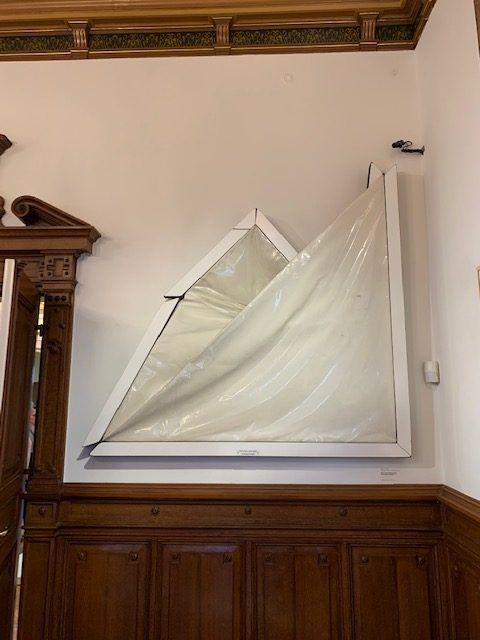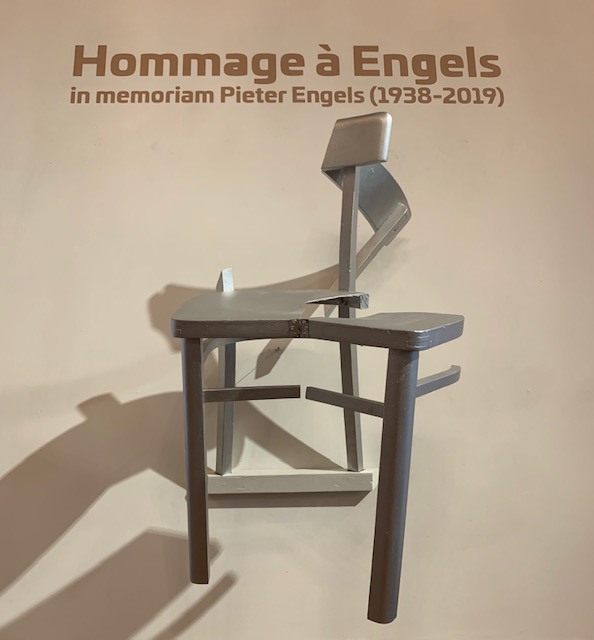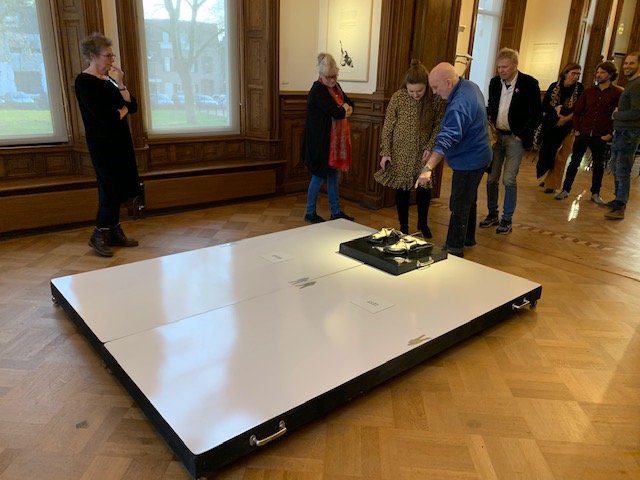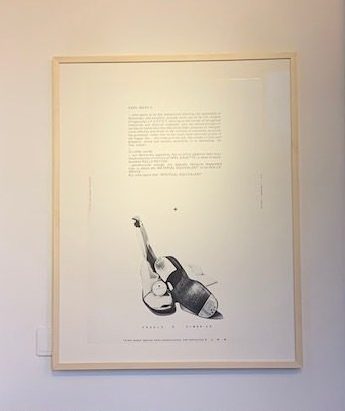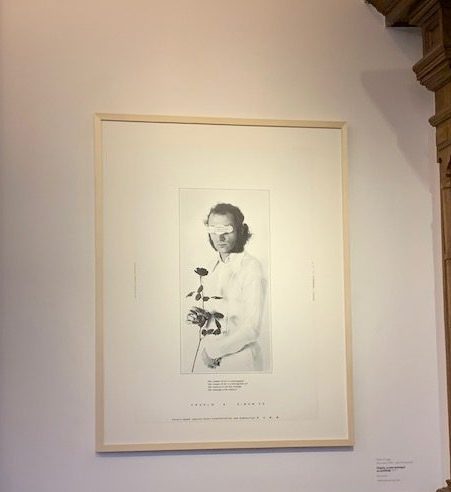Pieter Engels was the first Dutch artist to present himself as an entrepreneur, he founded the company EPO: Engels Products Organization.
A company that made products instead of works of art. Products, made of smooth, immaculate materials, reminiscent of the luxurious ornaments and utensils of that time,
The company and its products were marketed by leaflets, flyers and posters, as was common practice in advertising.
EPO was welcomed by the Dutch art world and was also promptly a successful company
With EPO, Pieter Engels not only addressed the value as uniqueness and authenticity and the idea of art as individual expression, but also ironized the market mechanism of the art business.
Art rather than individual expression to art as a mass product. Instead of a unique work of art, with a value that cannot be expressed in monetary terms, the work of art becomes a brand article with the associated price tag.
Pieter Engels makes the economic laws the subject of his art at a time when it was still taboo to call art and commerce in one sentence, to expose the flat market mechanism. Looking at it now it is clear that art has not managed to escape the unbridled power of the market and its ridiculous excesses.
Typical EPO Products are, prototypes, restored furniture, assemblages, curtain pieces, girls coat pieces (1966) letter pieces and connection plates.
A number of key works from the 1960s,: Weight of a modern art piece(1968), Clothes of the Emperor a modern art piece(1967), Golden Fiction(1968), Bad Constructed Canvas(1967, homage a Engels)
